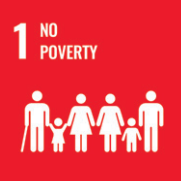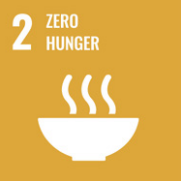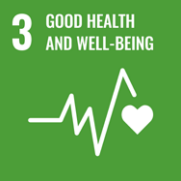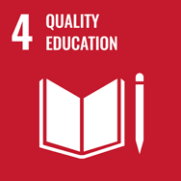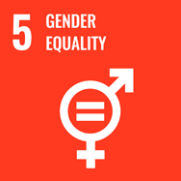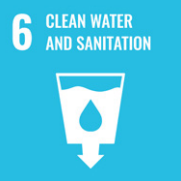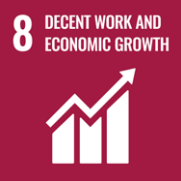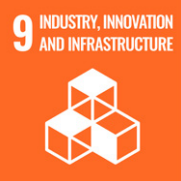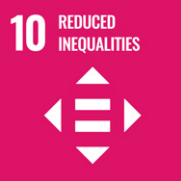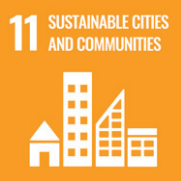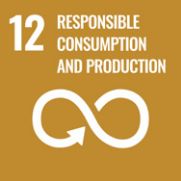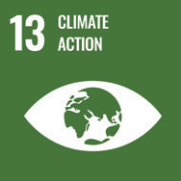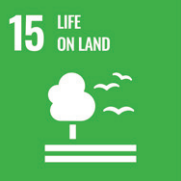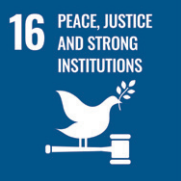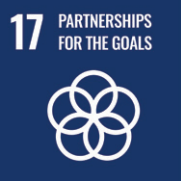SDG Goals
Life Below Water
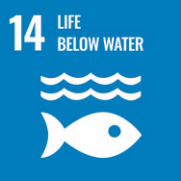
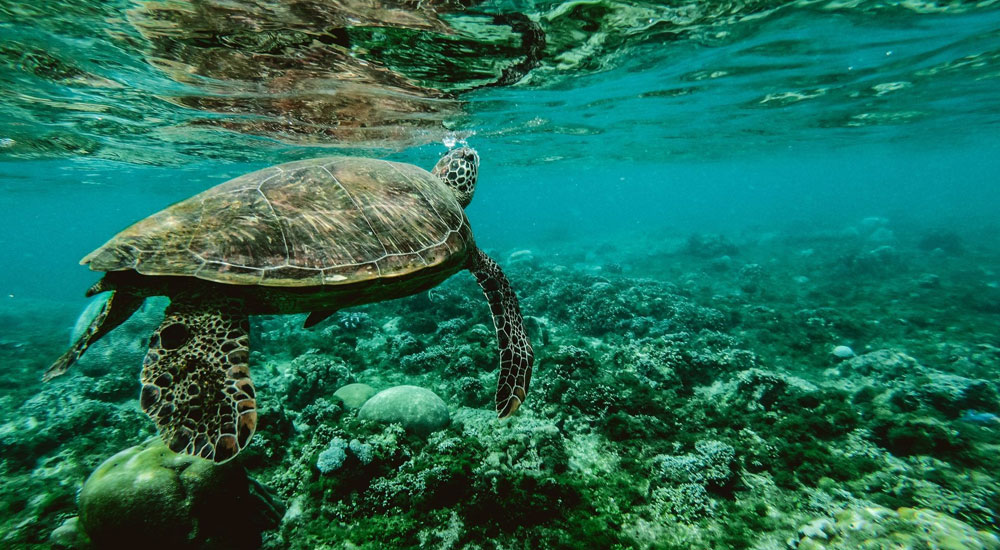
Goal 14: Life Below Water
To drive global systems that make the Earth habitable for humankind, there is the world’s ocean – their temperature, chemistry, currents, and life. This vital resource is essential for humanity as a whole, and to counterbalance the effects of climate change.
On marine and coastal biodiversity for their livelihoods, there are more than 3 billion people which depend on it. Today, it is to be witnessed that 30% of the world’s fish stocks are overexploited. If it would reach below the level, it can produce sustainable yields.
Almost about 30% of the carbon dioxide produced by humans is absorbed by the oceans. Since the beginning of the industrial revolution, there is a 26% rise in ocean acidification. With an average of 13,000 pieces of plastic litter to be found on every square kilometer of the ocean, an overwhelming majority of which comes from land-based sources is reaching alarming levels that is marine pollution.
To sustainably address the impacts of ocean acidification as well as to manage and protect marine and coastal ecosystems from pollution is the SDG’s aim. Through international law will also help mitigate some of the challenges facing our oceans which are enhancing conservation and the sustainable use of ocean-based resources.
Facts and Figures:
- 1 The ocean covers three quarters of the Earth’s surface and represents 99% of the living space on the planet by volume.
- 2 The ocean contains nearly 2,00,000 identified species, but actual numbers may lie in the millions.
- 3 As much as 40% of the ocean is heavily affected by pollution, depleted fisheries, loss of coastal habitats and other human activities.
- 4 The ocean absorbs about 30% of carbon dioxide produced by humans, buffering the impacts of global warming.
- 5 More than 3 billion people depend on marine and coastal biodiversity for their livelihoods.
- 6 The market value of marine and coastal resources and industries is estimated at US$ 3 trillion per year, about 5% of global GDP.

